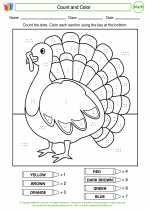Ordering Numbers
Ordering numbers is the process of arranging numbers in a specific sequence based on their value. The three main orders for numbers are ascending order, descending order, and comparing numbers.
Ascending Order
When numbers are arranged from the smallest to the largest, it is called ascending order. For example, if you have the numbers 4, 7, 2, and 9, arranging them in ascending order would result in 2, 4, 7, 9.
Descending Order
Descending order, on the other hand, is the arrangement of numbers from the largest to the smallest. Using the same set of numbers as before, arranging them in descending order would result in 9, 7, 4, 2.
Comparing Numbers
When comparing numbers, you use comparison symbols such as greater than (>), less than (<), and equal to (=) to determine the relationships between numbers. For example, 5 > 3, 8 < 10, and 6 = 6.
Understanding how to order numbers is important for various mathematical operations and real-world applications. It helps in organizing data, comparing quantities, and solving problems involving numerical values.
By mastering the skill of ordering numbers, students can develop a solid foundation in mathematics and improve their problem-solving abilities.
That's the explanation for ordering numbers. Let me know if you need further assistance!
[Ordering Numbers] Related Worksheets and Study Guides:
.◂Math Worksheets and Study Guides Second Grade. Counting to 999

 Activity Lesson
Activity Lesson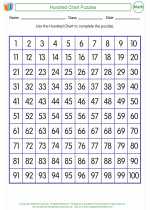
 Activity Lesson
Activity Lesson
 Activity Lesson
Activity Lesson
 Worksheet/Answer key
Worksheet/Answer key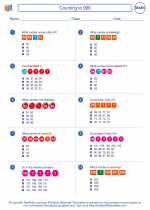
 Worksheet/Answer key
Worksheet/Answer key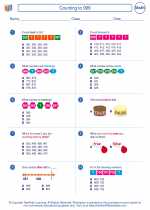
 Worksheet/Answer key
Worksheet/Answer key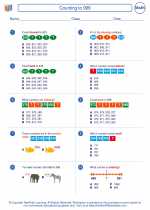
 Worksheet/Answer key
Worksheet/Answer key
 Worksheet/Answer key
Worksheet/Answer key